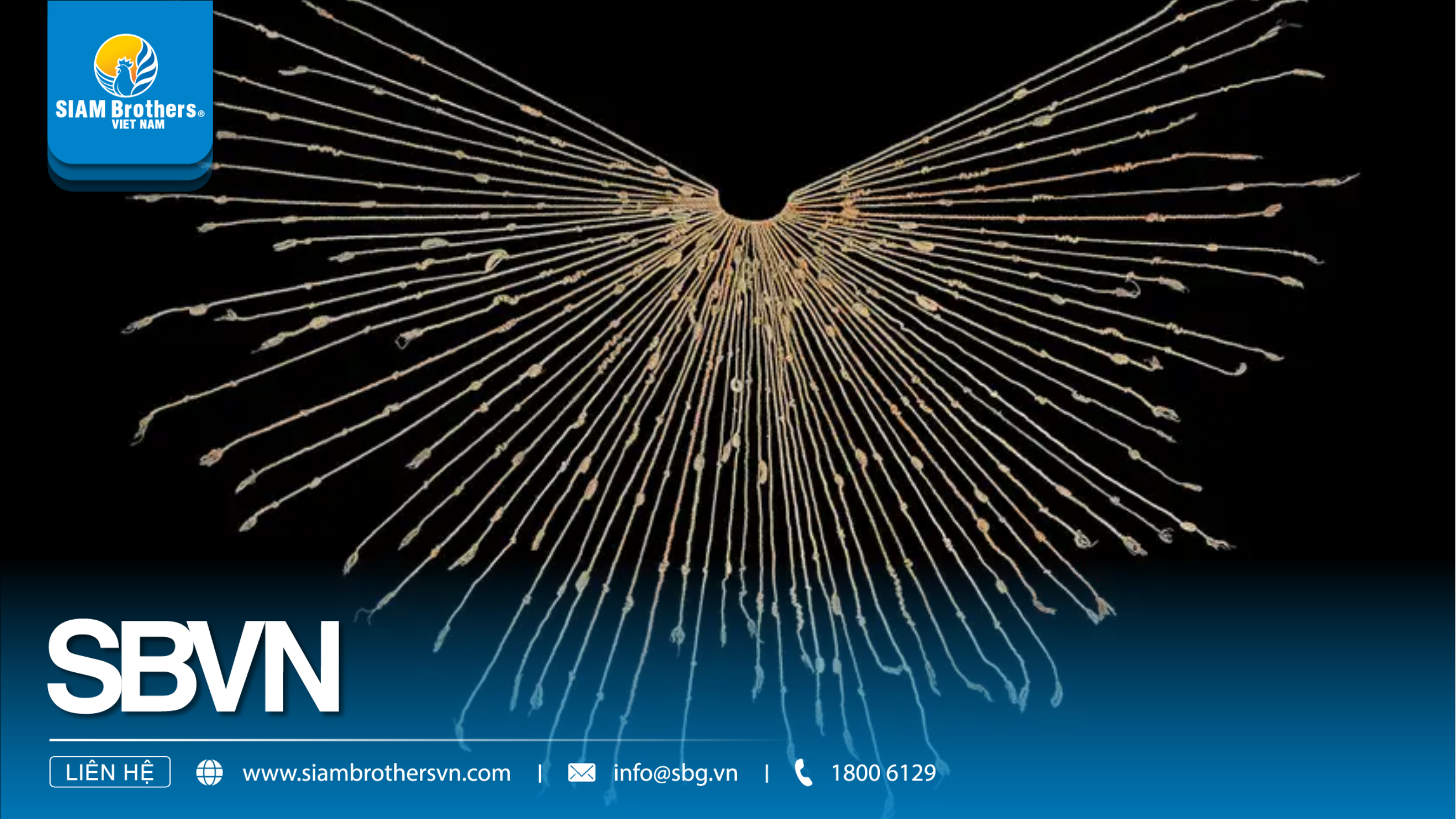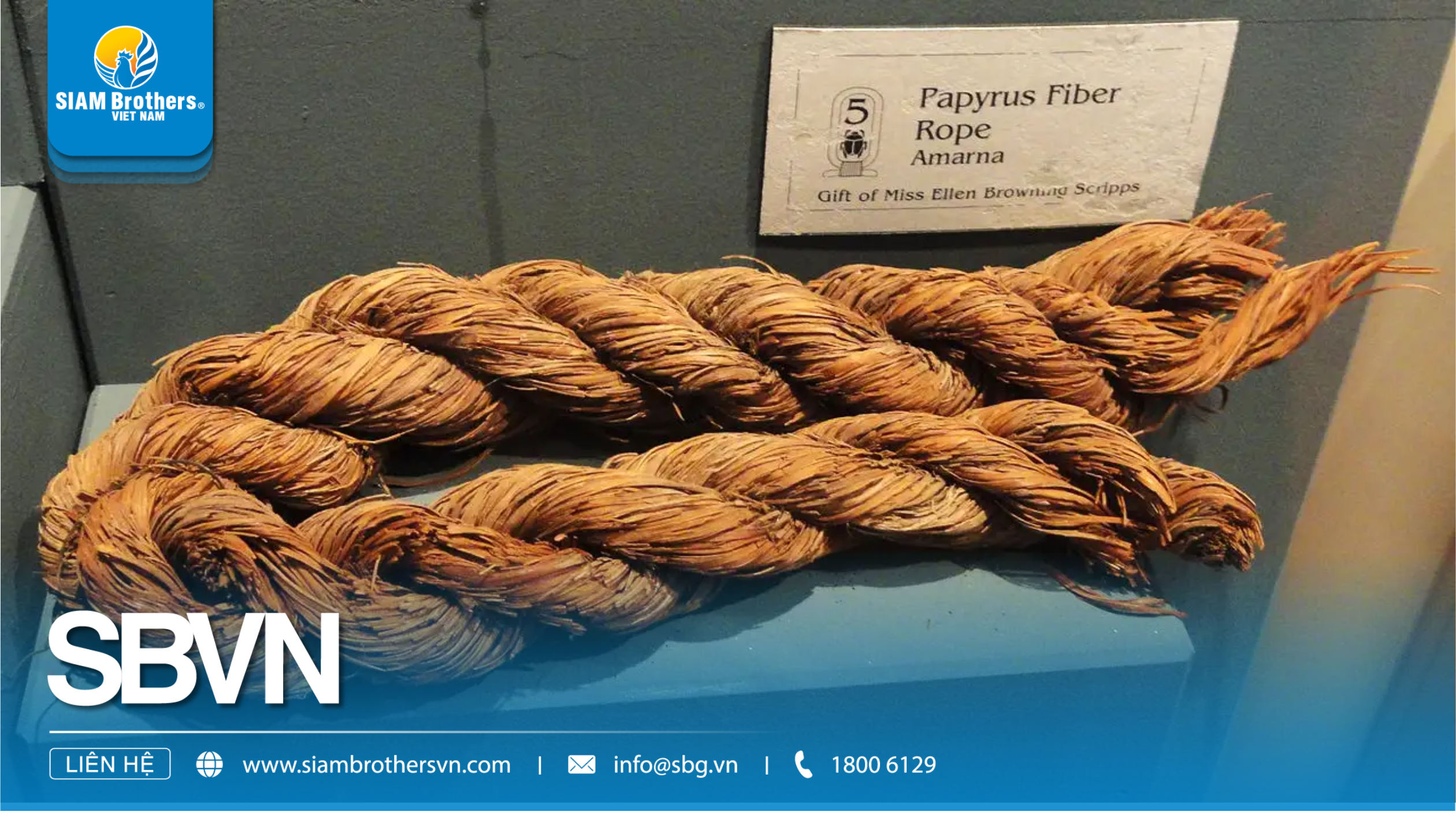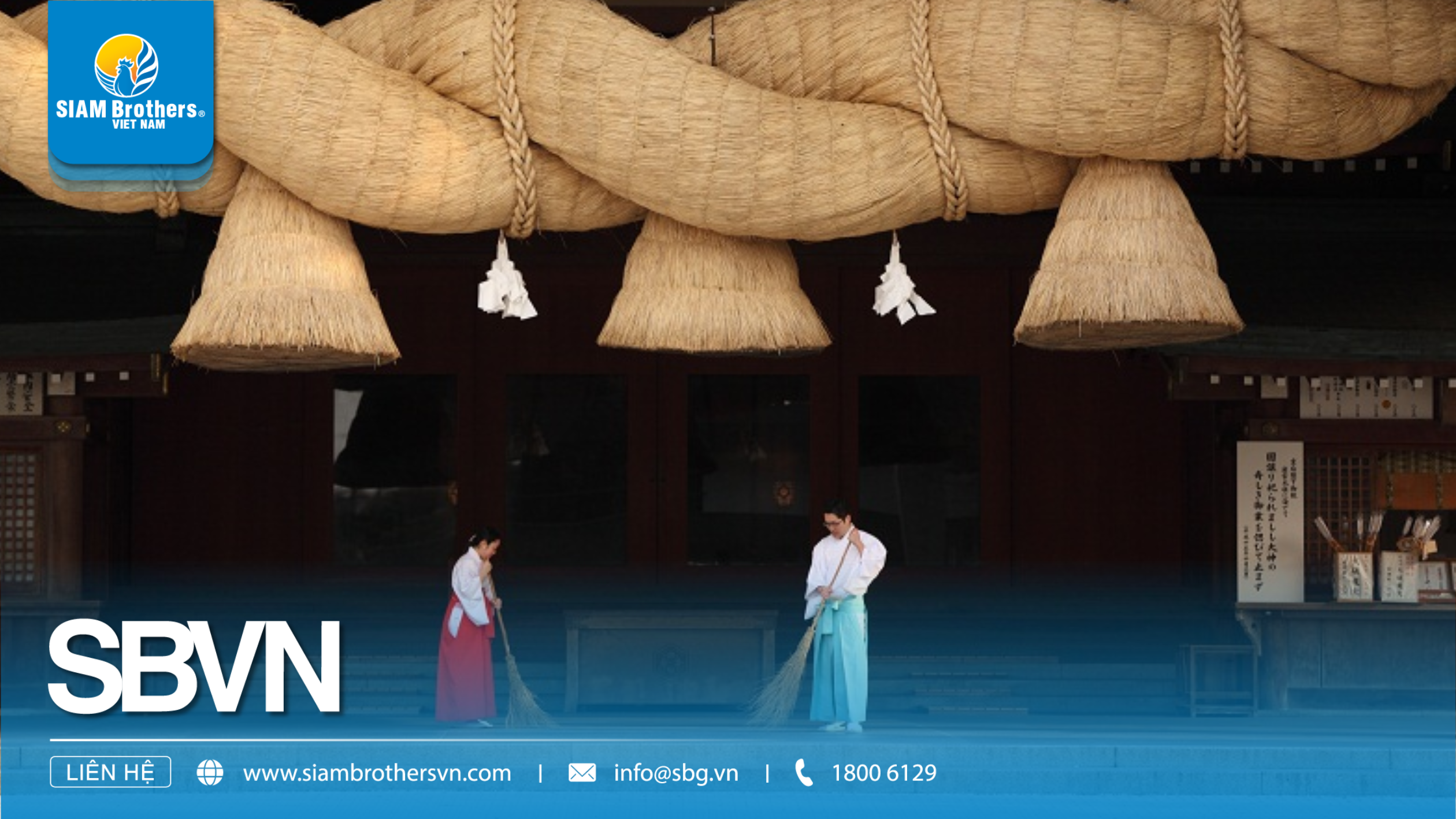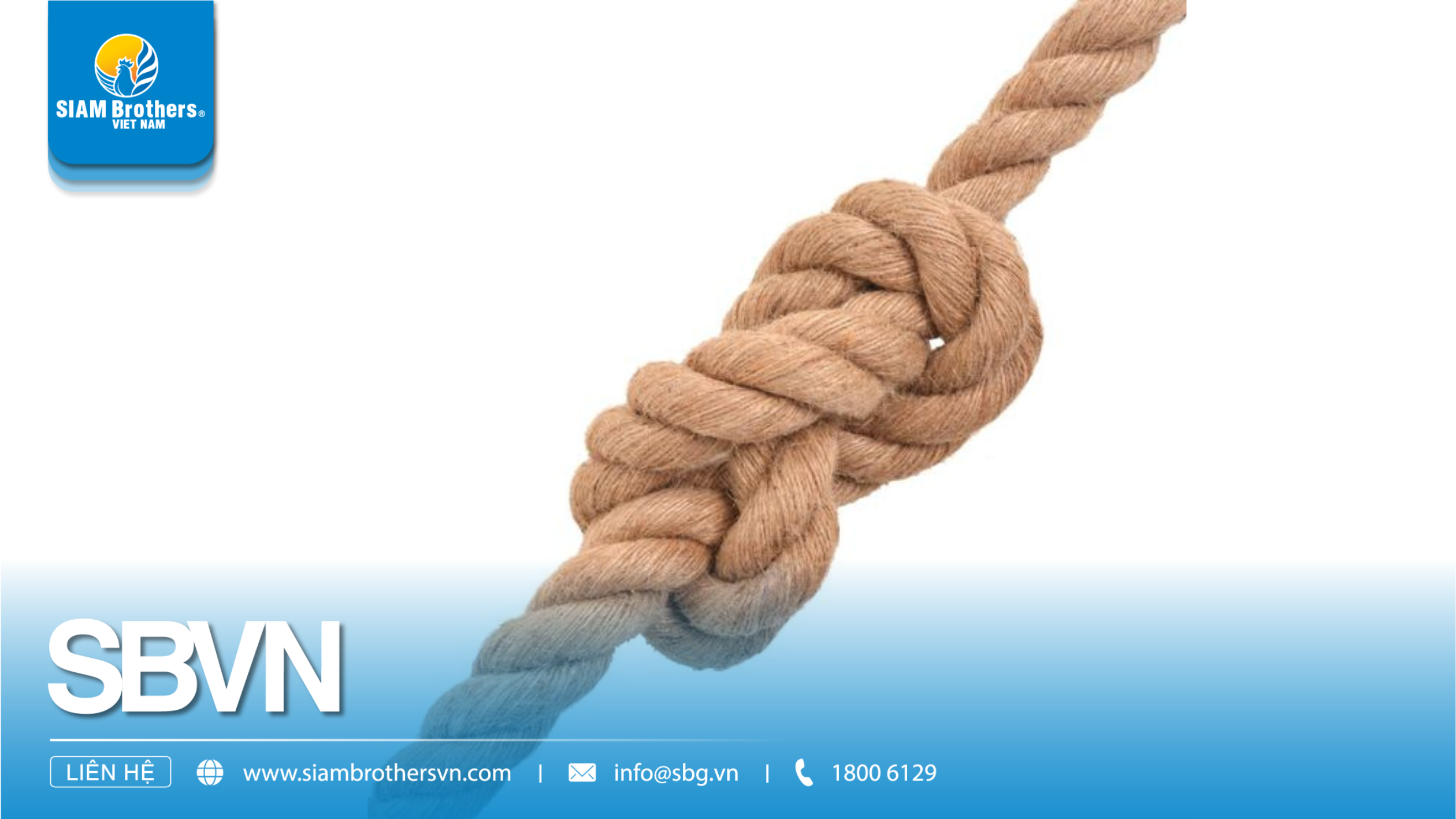2. Ropes Once Used as a Written Language
Incan Records: The Inca used a system of ropes and knots called "khipu" or "quipu" for record-keeping. This system consisted of long ropes with thinner ropes hanging from them, some dyed in different colors, used to track records. There is a hypothesis that the Inca used khipu not only for record-keeping but also as a form of written language, as they did not have other forms of writing like other civilizations.

Cre: www.newscientist.com | Ropes Used as a Written Language
Chinese Rope Records: China also used ropes for record-keeping, but their system was less complex than that of the Inca, supporting the idea that the Inca might have used ropes for more complex stories and information.
3. Ancient Ropes
Ropes have been around for 30,000 years, made from natural fibers and used in construction, agriculture, and maritime activities. The ancient Egyptians developed tools to make ropes quickly and durably. With the Industrial Revolution, synthetic ropes such as nylon and polyester emerged. In the 19th century, steel wire ropes were invented by Wilhelm August Julius Albert, offering superior strength and durability. Although not widely known, this invention addressed a significant practical problem in industrial history.

Cre: Wikimedia | An example of a papyrus fiber rope dating back to ancient Egypt.
4. The Impact of Diameter on the Strength and Flexibility of Ropes

Cre: lijnenspecialist.nl | The diameter of the rope
The diameter of a rope directly affects its strength and flexibility, so different uses require different types of ropes. Thicker ropes are generally stronger but may also be less flexible.
5. Symbolic Hanging Ropes

Cre: sonurai.com | Shimenawa is hung at Shinto shrines.
Shimenawa is a sacred rope in Japanese culture, typically made from straw or plant fibers. It is hung at Shinto shrines, ancient trees, and sacred sites to symbolize purification and protection from evil spirits. Shimenawa holds profound significance in Shinto religion, representing respect and gratitude to the deities while creating a sacred and pure space. The white paper tassels (Gohei) hanging from the Shimenawa symbolize purity. This is an important part of Japanese culture, reminding people of the importance of purification and protection in daily life.
